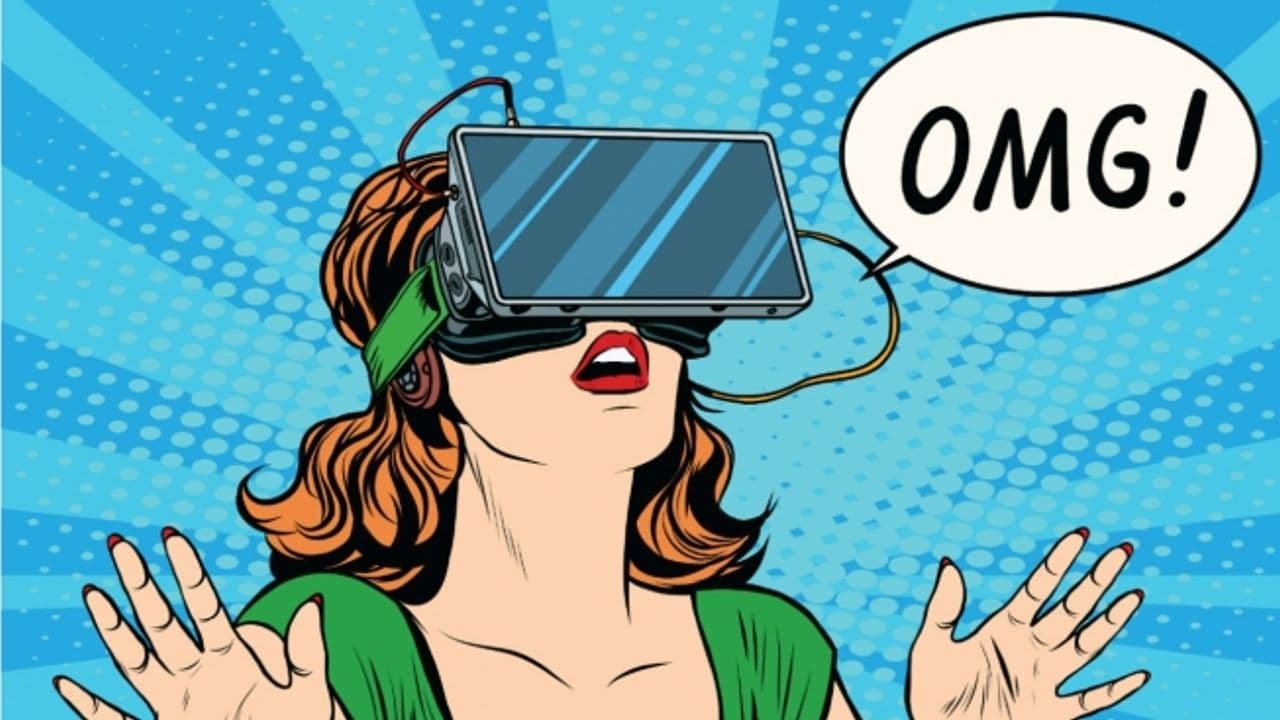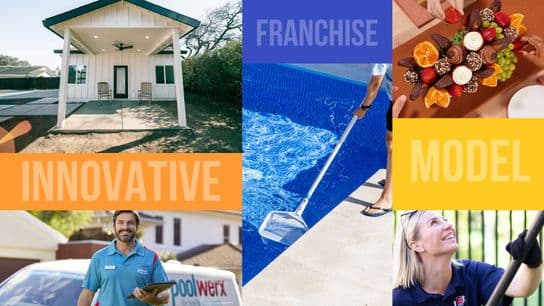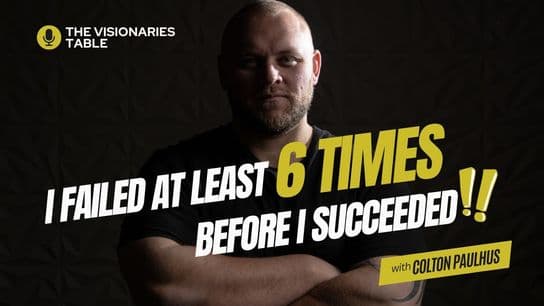Adweek: Virtual Reality is Becoming the Next Great Storytelling Canvas
Brands are turning to virtual reality technology to strengthen consumer relationships.
The culture gap between marketers and today's progressive new media consumer continues to expand in ways that suggest the current era of radical behavioral disruption is far from over. Today's hyperbolic social news cycle, saturated with Snapchat filters and Brexit remorse, fuels this reality by absorbing massive amounts of audience time and attention. As the dust settles in this post-apocalyptic, mobile-first marketplace, the time for radical acceptance is here. Brands, publishers and content creators are now faced with the inevitable truth that engaging audiences predictably in this fractured media environment has been permanently altered. That said, it's in these unique moments of reflection where brilliance can emerge. It's time now to reset and reimagine the future of storytelling through mobile experiences that are emotionally immersive, culturally aware and embrace a renewed spirit of creative invention and curiosity. In virtual reality we may have already found the next great storytelling canvas, enabling an entirely new interpretation and expression of the brand experience.
VR is already proving to be a big business—in Q1 2016 alone, more than $1.2 billion was invested in VR tech, according to TechCrunch. And Forrester projects more than 52 million headsets will be sold in the U.S. by 2020. From a consumer perspective, the interest is clearly emerging. Google claims global search queries increased fourfold over the last year. Perhaps the biggest catalyst for growth and interest in the space was Facebook's $2 billion acquisition of Oculus in 2014—and we've already witnessed some of the outstanding early output in the form of 360 video experiences naturally integrated into the Facebook feed (e.g., SpaceX Rocket Landing). Of course, Google's innovations in the category are catalytic in their own right, effectively leveraging both Cardboard and YouTube (Tilt Brush) to scale user interest and adoption.
So, with the fundamentals established, we're now on the verge of realizing the true promise of multisensory storytelling. And with it comes the unique opportunity to transform the relationship and overarching dynamic between brands and consumers. Not only does VR broaden the narrative spectrum in which brands can credibly captivate audiences, but it also offers the potential to close the culture gap by adding more depth, human emotion and interactivity to the storytelling experience. More than ever, humanizing the brand experience matters. The New York Times' outstanding innovations and creative leadership in VR won the Cannes Mobile Grand Prix for work that includes the deeply moving documentary about the human toll of war (The Displaced). And while this victory has energized the modern journalism community, it also illuminates the limitless creative possibilities and storytelling viability.
Click here to read the original article.








